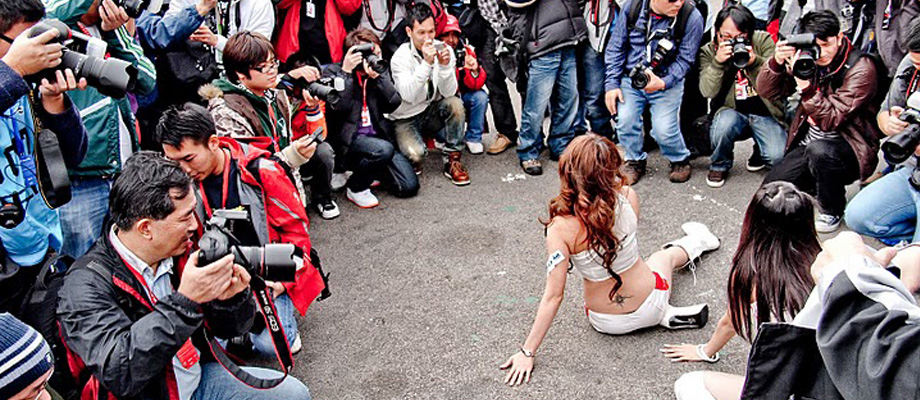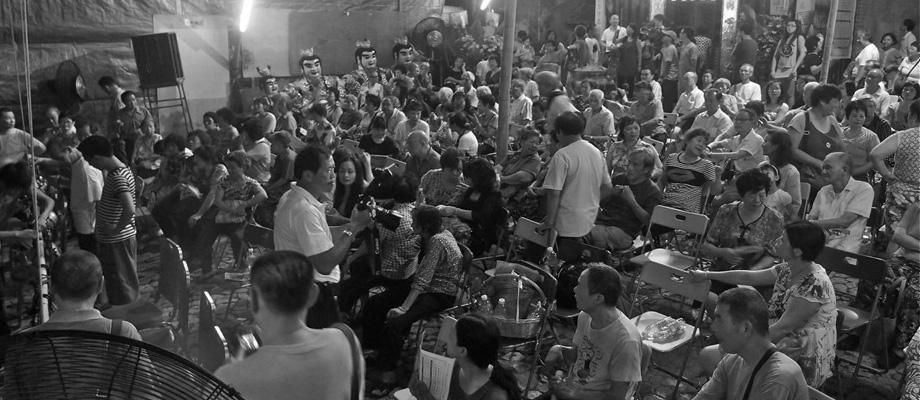Toggally helps Pro Photographers find Work
0
Here is another one of those assignment based platforms that helps photographers find work. It's a bit different than Scoopshot Pro but nonetheless share similar ideas.
The only difference is that the fees for these are fixed and judging from the worth of your time, I only have reservations.
Back in the dark ages of film, a photographer could easily charge between 50 to 100 bucks an hour. Remember this was 20 years ago and today, we find those same rates dominating Toggally, a photog for hire site based in the US.
I want you to sit back and think for a moment about what I have written in the past about digital photography equipment. The cost of which hasn't changed but the amount of equipment you need to do a shoot has.
Post processing is done by you and your computer. You don't just hand RAW files to the customer. If you failed to process them, the customers from Togally can choose to reject them. So you need to ante up to a computer, capable of doing that...software...well, there is a choice. Most DSLRs come with a standard photo processing program that runs on either OSX or Microsoft, so that won't be a problem for you. But it is up to you to buy a fast computer capable of handling all the processing needs.
Photographers are Craftsmen? Or Journeymen?
Journey men are reliable workers but there is nothing outstanding about them. Craftsmen use more creativity in their work and can probably handle more skilled task.And this is where Pro Photographers are today.
Taking pictures for a living...as a pro will be determined if you do the job creatively or reliably.
Unfortunately for you, the photog wannabe, Togally makes no distinction for the two.
What you are worth is 100 bucks an hour, and should you shoot for longer periods, the rates gets cheaper, at 50 bucks an hour as seen by the Event assignment cost above.
I don't remember a time where a photographer's time would get cheaper by the hour like some unskilled labor by a migrant who would choose to be paid cheaper by working extended hours. It sounds positively Mexican. And how Togally gets this magic number is beyond me.
For corporate shoots, your fee is still 100 bucks an hour, but you get a full 100 bucks for an 8 hour day. As a rule, photographers should never be working on an extended shift beyond 8 hours because photos need to be processed as clients today expect everything in real time—the digital phenomena. So if a corporate photographer is hoping to earn more than this, then they have lucked out. There are not breaks, you have to be on your feet all the time taking wonderful pictures and not leave out a moment. It's like the work of an editorial photographer out to get the news. The best shots win. But I suppose Togally thinks you can cruise to the finish line by just being there. Please note the money back guarantee.
For commercial photographers shooting products in a studio, they have a raw deal as they get paid only 600 bucks a day. I don't know about you but there is a studio cost to this which needs to be addressed. If you live in a warehouse, you can set up a corner in your dwelling for all your photography needs but you do need cheap lighting and a computer....plus rent for the warehouse. So is 600 a day going to cover it if you don't get an assignment every other day? Even if you live just on air and water, there is an expense for electricity, water, mobile phone and Internet fees.
Wedding photographers also get paid 100 bucks an hour. Now we all know weddings do happen often enough but the same people don't get married and divorced within a week like in Las Vegas. There is a finite number of weddings in a day and that's where photographers have to capitalise on their income. Getting paid 100 an hour like any other photographer isn't going to help your credentials as a professional wedding photographer. There is a marketing cost to it and I don't mean paying Facebook to promote a page for your business. Wedding photography is a co-operative endavour. You need a wedding gown studio, make up artist, props such as cars and location shoots. It is fine if the Wedding is held just in a church and the bride and groom have their own costumes but not having a make up artist would mean more photoshop work later, so why not let your customers pay for the make up artist and save yourself some valuable photoshop time? I have shot weddings and some last for a full day while others just need you to be at the wedding solemnisation that last less than an hour.
If you want a photographer to cover a sports event, that's 50 bucks an hour. I suppose they are not referring to the World Series or a NASCAR event but probably more like college basketball or maybe a golf tournament.
Then it occurs to me, if that is treated as an unskilled assignment, then what isn't?
Shooting sports isn't easy. You need a telephoto lens that will cost you a bomb to own, why are you being paid so cheaply? I invested in a zoom lens, f/2.8 70 to 200mm and that didn't quite provide the reach all the time. The sweet spot is a 300mm lens for professional sports. However if you got close enough, you can shoot motorsports with just a 200mm lens if you know where to put yourself in a specific location.
Shooting college football and basketball might seem easy enough but you still need at least a 200mm lens for that reach. I know there are plenty of used lenses on eBay which you can buy for a song but most of them are either manual lenses or have apertures of f/4 wide open. For indoor shoots, lighting is always a problem unless you had a spiffy full frame DSLR that allows you to crank up the ISO all the way up.
Conclusion
I have had this suspicion that fees paid to photogs these days have bottomed out. It has not gotten any higher but stayed flat for the last 17 years.There is no indication that the fees have been marked up for inflation considerations or for that matter, or to take into account the amount of equipment you had to own — a point that was missing from the Togally site.
For me, owning a studio outside of your home is an investment. A studio with proper lighting to shoot products and still life is a fixed expense that you have to pay every month.
Shooting specific genres of sport requires an even heavier investment in prime telephoto lenses like a 300mm or maybe even a 600mm lens. Such equipment cost has to be paid off and if you are paid far less to do this, chances are you'd have to mortgage your left kidney to loansharks to refinance that acquisition.
The reality of it all is that being a Pro Photographer in this day and age takes a lot of guts, misery and accountability. If you can't run a successful business that pays for its own expenses then you're just feeding a desire to be in a market space that has no commercial returns.
So please don't quit your day job yet. Tip your toes into the water to see if you can hack the pace of living without any consistent wage. I hate it when photogs mislead people to say that they are happier doing what they do and living on a meagre income. They could be overdosing on Prozac and look through reality with rose tinted goggles. Besides, do you even have enough money for Prozac on a daily basis?
If you love what you do, then don't get hurt financially doing it. Because there is a cost to a retirement plan and if you don't have one by the time you hit 40, you're definitely fucked.




























